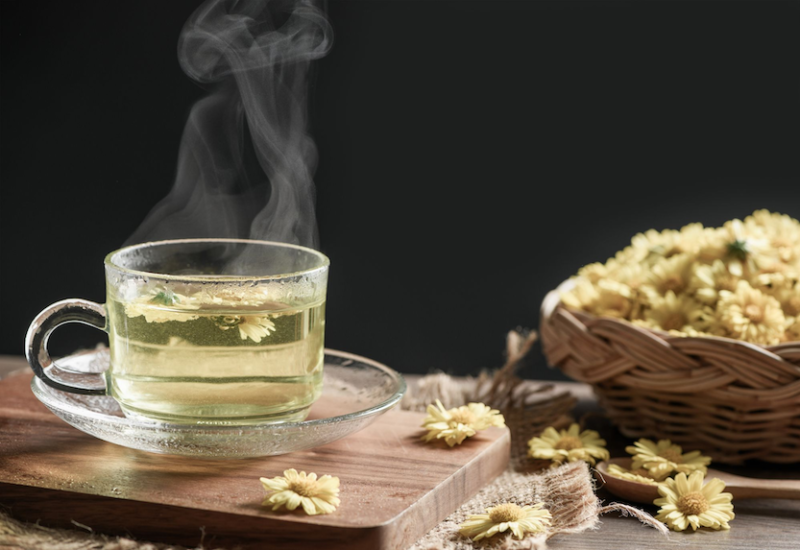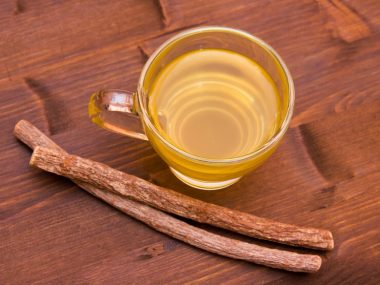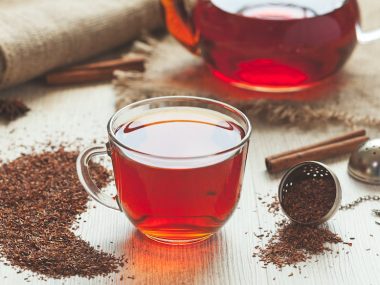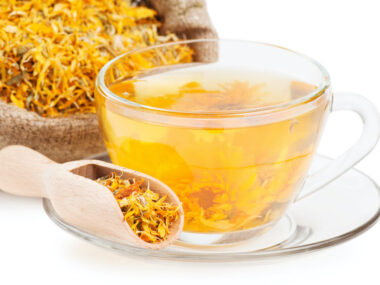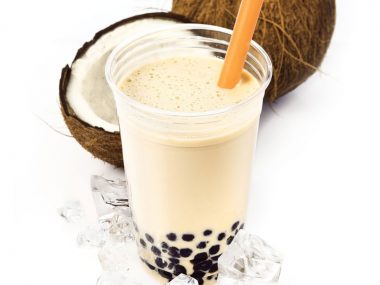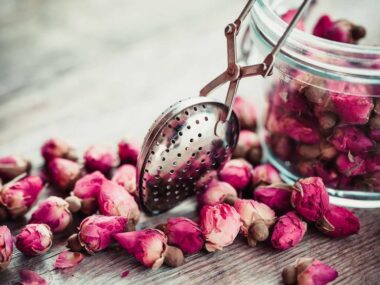What if we told you that those flowers you decorate your front porch in autumn or grow in your flower garden make an uber-healthy tea? You’ll be amazed at just what chrysanthemum tea can do for your body!
Table of Contents
What is Chrysanthemum Tea?
Chrysanthemum tea is a tisane (not a true conventional tea, but a floral infusion) made from the namesake flowers. This tea is widely used in traditional and Ayurveda medicine. Also, it is a popular drink, enjoyed throughout China and Japan.
Ancient Lore Of The Chrysanthemum
The Chrysanthemum plant has long been a staple in different rituals. Among the many old Chinese legends, there’s one particularly interesting one regarding the Chrysanthemum flower. Many moons ago, there was a small island in the sea near Japan where a “fountain of youth” herb grew. However, only the young (and the brave!) could go to this island to gather the herb.
An emperor who wanted this delicate flower sent a group of young boys and girls to this island to get it for him. Upon arriving on the island, they searched far and wide, but never found the magic herb. What they did find was a beautiful flower. They took it back to the mainland to trade. This plant just happened to be a Chrysanthemum. It was the magical herb that they overlooked.
No matter the ancient legend, China began cultivating Chrysanthemum around 1400-1500 BC. So, for the past 3,000 years, Asia has continued to brew the “magical herb” that was believed to keep one youthful.
The Chrysanthemum Plant
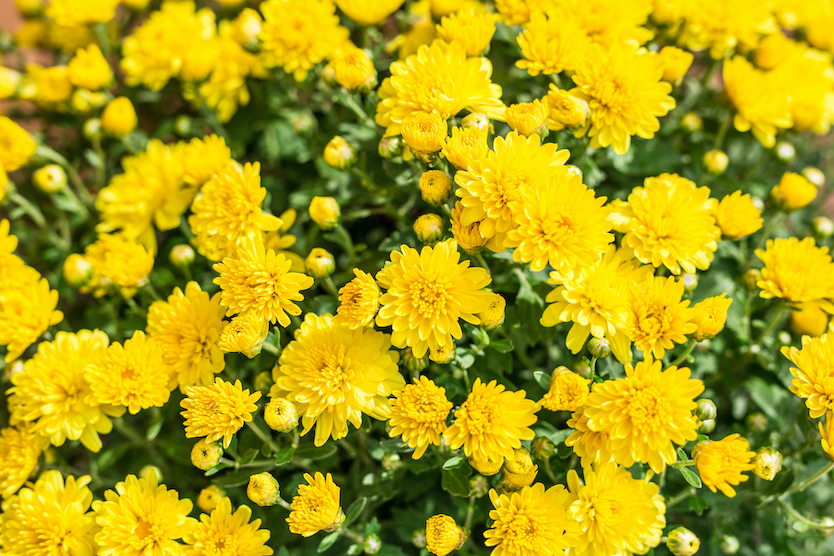
There’s a bit of controversy about which plant is used to make this tea. In order to better understand this tea, it is necessary to know what type of flower is being harvested to make it. However, it’s challenging to narrow down precisely what plant species are used to make Chrysanthemum tea. Because there are various species, hybrids, and subspecies.
Depending on what part of the world the tea is processed, you may have a tea made from plants that are not even Chrysanthemum, although they are called Chrysanthemum tea. So, let’s break down the options.
Chrysanthemum is a genus belonging to the Aster family (Asteraceae.) The USDA (United States Department of Agriculture) Natural Resources Conservation Service only recognizes four species of Chrysanthemum plants.
- Family – Asteraceae
- Genus – Chrysanthemum L.
- Species – Chrysanthemum morifolium (most commonly used for tea)
- Species – Chrysanthemum articum
- Species – Chrysanthemum cinerariifolium
- Species – Chrysanthemum majus
- Genus – Chrysanthemum L.
Chrysanthemum indicum (reclassified as Dendranthema indicum) no longer belongs to the Chrysanthemum genus but that of Dendranthema D.C. Des Moulins (a related genus.) There is little information on this genus or why this species was reclassified. But this species is widely used to make Chrysanthemum tea.
Asian “Wild” Chrysanthemum Tea
A Chinese Chrysanthemum tea sold on the retail market here in the U.S. is said to be made from the “rare, wild Kunlun Snow Chrysanthemum,” which “only grows in the high elevations of the Kunlun Mountains” of China.
However, after some research, we discovered this plant is not a Chrysanthemum but that of the Coreopsis tinctoria Nutt. This plant belongs to a completely different genus (Coreopsis.) Additionally, this plant is considered an invasive weed by the USDA, which is distributed throughout all of the U.S. except in Nevada and Utah.
Other species of Chrysanthemum (including hybrids/cultivars) are also used in Asia to make Chrysanthemum tea. Which ones we aren’t sure of.
What Does Chrysanthemum Tea Taste Like?
Because the exact plant species used to make the tea is unknown, we can only provide you with a range of flavors that have been noted in the tea. Drinkers experience everything from a sweet, buttery, honey taste to an earthy, floral, slight bitter-licorice taste. Most of the teas brewed from Chrysanthemum flowers are a clear, golden yellow.
What is Chrysanthemum Tea Good For?
Many herbalists and those practicing traditional and Ayurveda medicine swear by chrysanthemum tea’s potent health benefits. Most of us who drink conventional black or green tea rather than tisanes really never have considered plucking Chrysanthemum flowers and plopping them into a tea. For us, those flowers are what we place next to pumpkins and corn stalks on our front porches in the fall.
However, there may be something to this tea that’s worth investigating and exploring. Perhaps die-hard conventional tea drinkers will consider trying this tea too.
Does Chrysanthemum Tea Make You Sleepy?
The Chrysanthemum boreale species is cultivated and harvested in Asia for tea. The flowers on this particular species contain linarin, aglycone, and acacetin were found to have had a sedating effect on mice in a study.
Does Chrysanthemum Tea Help You Lose Weight?
Researchers found that an extract made from Chrysanthemum indicum reduced weight gain in mice. However, there have not been any studies on the efficacy of Chrysanthemum tea relating to weight loss in humans.
Is it Okay to Drink Chrysanthemum Tea Every Day?
As with any other herbal tisane, moderation is always best. Chrysanthemum tea does not contain caffeine, so limitations in the number of cups a day don’t apply. We could not find any scientific evidence indicating consuming Chrysanthemum tea daily poses any harm. Until you know how your body will react to this tea, it’s wise to enjoy small amounts.
Chrysanthemum Tea Benefits
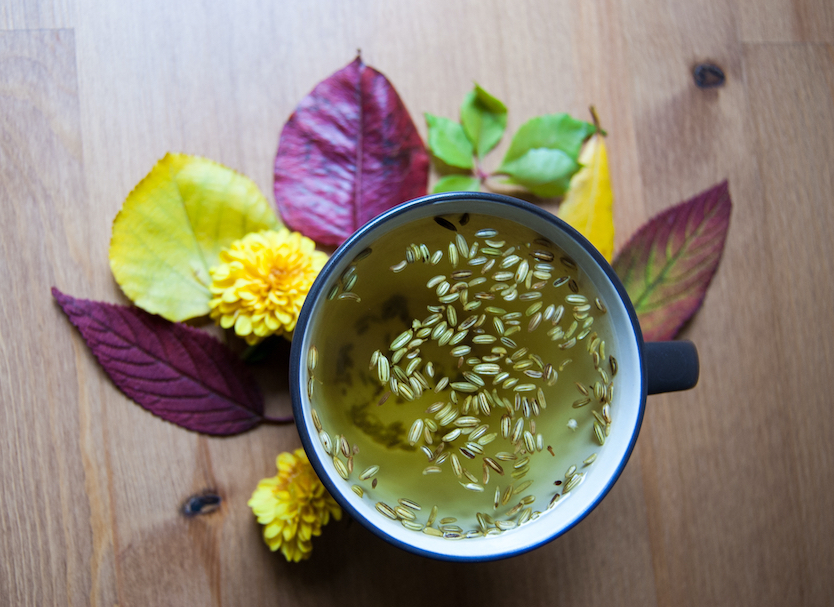
Traditional and Ayurveda medicine utilizes the flowers on Chrysanthemum plants to treat a wide range of ailments. It’s believed that these flowers treat fevers, migraines, skin conditions, vertigo, eye conditions, colds, high blood pressure, and more.
Is Chrysanthemum Good For A Cough?
We were unable to find any solid scientific evidence that Chrysanthemum tea helps a cough. Perhaps the warmth of the tea will help in soothing. There are anti-inflammatory properties in this tea that may lend to reducing cough-associated inflammation with bronchitis.
Is Chrysanthemum Tea Anti Inflammatory?
Chrysanthemum tea contains flavonoids, steroids, and terpenoids which all act against inflammation. Particularly, flavonoids play a leading role in reducing inflammatory diseases. Chronic inflammatory diseases such as stroke, diabetes, heart conditions, obesity-related, Crohn’s disease, ulcerative colitis, Parkinson’s, multiple sclerosis, and Alzheimer’s are a few conditions that greatly benefit from the constituents in Chrysanthemum.
Research indicates flavonoids, steroids, and terpenoids in Chrysanthemum flowers to be antibacterial, antiviral, antioxidant, anti-inflammatory, and antihypertensive.
Virus Fighter
Researchers studied the essential oil found in Chrysanthemum flowers and the effect this oil had on viruses. When looking at Chrysanthemum indicum, the essential oil had substantial potential at fighting vesicular stomatitis, hepatitis A, and herpes simplex-1. Camphor is an element found in the Chrysanthemum flower’s essential oil. Camphor had a powerful effect on herpes simplex-1.
Antibacterial
Terpenoids in the essential oils of the Chrysanthemum indicum flower were found to have a moderate fighting effect on gram-positive bacteria. An interesting comparison study was done on Chrysanthemum indicum vs. Chrysanthemum morifolium, and it was discovered that indicum species was more potent at fighting Bacillus subtilis, Streptococcus agalactiae, and Streptococcus pyogenes.
Healthy Stomach
The essential oils in the flower of Chrysanthemum indicum and Chrysanthemum morifolium were studied and found to have the ability to ward off H-pylori (a bacterial infection of the stomach, Helicobacter pylori.)
How to Drink Chrysanthemum Tea
It’s relatively easy to make Chrysanthemum tea. If you happen to grow your own Chrysanthemum plant, you have access to fresh flowers for your tea!
Traditional Hot Chrysanthemum Tea
Most Chrysanthemum tea drinkers prefer the traditional unadulterated form of this tea. Freshly picked flower buds are a must to get the very best flavor.
Ingredients
- 3 cups of water
- 3 freshly picked Chrysanthemum flower buds (thoroughly washed)
- Honey to sweeten
Directions
- Bring the water to a boil.
- Reduce heat.
- Add the flower buds and simmer for 3 minutes.
- Remove from heat and cover.
- Allow to steep for 5 minutes.
- Strain the flower buds and discard them.
- Add honey to sweeten and enjoy!
Iced Lemon-Chrysanthemum Tea
We suggest if you don’t have Chrysanthemums growing in your garden, get a head start and get a few going. This tea (from Pickle and Spice) is best with freshly-picked Chrysanthemum flower buds. Rock sugar may be somewhat foreign to those of us not familiar with Asian cooking. To enjoy this tea as Asians do, rock sugar in place of regular sugar offers a subtle, not overpowering sweetness.
Ingredients
- 10 cups of water
- 3 lemons (peeled and sliced)
- 10-15 freshly picked Chrysanthemum flower buds (thoroughly washed)
- 5 oz. rock sugar
Directions
- Bring water to a boil and reduce the heat.
- Add sliced lemons and Chrysanthemum buds to hot water and simmer for 5 minutes.
- Remove from heat.
- Add the rock sugar, cover, and allow it to steep for 10 minutes.
- Stir well.
- Strain and discard lemon slices and flower buds.
- Allow the tea to cool and pour over ice.
- Refrigerate remaining tea.
It’s “Crystal” Clear That Chrysanthemum Tea May Be A Keeper!
The health benefits that this tea offer makes it well worth enjoying a few times a week. As you enjoy your first cup of Chrysanthemum tea, close your eyes and note the flavors that come through. Explore layering more flavors into your tea with other infusions and blends of teas, spices, and fruit.
